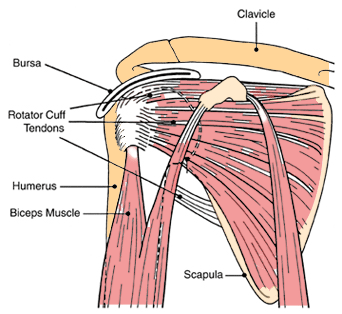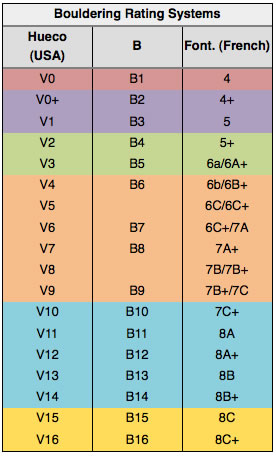Shoulder Pain: More Than Meets the Eye By Dr. Vince DiSaia
I have seen almost every type of shoulder injury imaginable. Most of them are not traumatic in nature and the patient always says, “It just started hurting one day”. The rotator cuff muscles are the most commonly injured muscles in the shoulder area. However, what most people don’t realize is that shoulder injuries are always more than just a painful muscle or joint. In the medical world we call the this area of the body the shoulder complex. Reason being, it is a complex joint. The shoulder is a ball and socket joint. This is inherently unstable which allows us to move our arms in a multitude of directions. While this is very useful it also sets us up for a wide variety of problems should the shoulder not function correctly. The only thing providing stability to this area are the numerous muscles, tendons, and ligaments that attach to the humerus (arm), the scapula (shoulder blade), and the clavicle (collar bone). This means that should any one of these soft tissues be damaged or weak, the entire complex will be dysfunctional. So, in treating shoulder injuries it is always important to aggressively treat the damaged tissue with some soft tissue therapy and if any adjoining joint in the complex is not positioned correctly this must also be addressed. This includes the GH joint (ball and socket), the clavicle, the ribs, and the neck and upper spine vertebrae. Shoulder rehab exercises are also necessary for any damaged muscles or those not performing correctly. However, this is the point where true shoulder function must be assessed and completely corrected.
While the shoulder itself is a very complex joint, there are also other areas that need to be analyzed to ensure optimal performance of the shoulder. Enter the kinetic chain. The kinetic chain is very important and must be highly respected in the athletic world. Basically, it is the vast linkage of musculature throughout the body. Each piece depends on the next and without this synchronized connection strength is lost and compensation patterns begin to occur. Climbers need to have very strong and mobile extremities (arms and legs) in order to complete some of the more difficult problems. There have been countless exercises created to improve a climbers leg, arm, hand, and finger strength. However, the strength of the extremities is only as good as its connection point. I’m sure you’ve heard the phrase, “You’re only as strong as your weakest link”. In the case of the shoulder, if your core and spinal stabilizing muscles are weak and cannot maintain proper posture, the arms and legs will be placed in a vulnerable position. This will undoubtedly lead to injury of the shoulder and many times is the reason that people present to our clinic with shoulder pain.
Now, this doesn’t mean that you should start doing planks for minutes at a time. While this does improve the strength of your core it does not improve your core strength in relation to movement. In the world of climbing the core and torso must be able to remain strong and stable while the arms and legs move through an extreme range of motion. While you may be strong in a static position like the plank, this does not mean that this strength will transfer once your body is stretched out over the rock. This becomes the missing link for many people in not only overcoming a shoulder injury, but in getting optimal performance out of the shoulder joint. Functional strength of the body ensures that the kinetic chain is not only working correctly, but that it can maintain strength through ranges of motion. If you are able to keep your torso and core in proper positioning then not only will your risk of shoulder injury be greatly reduced, but your overall strength will be enhanced.
Category: Ask the Doc, Blog













